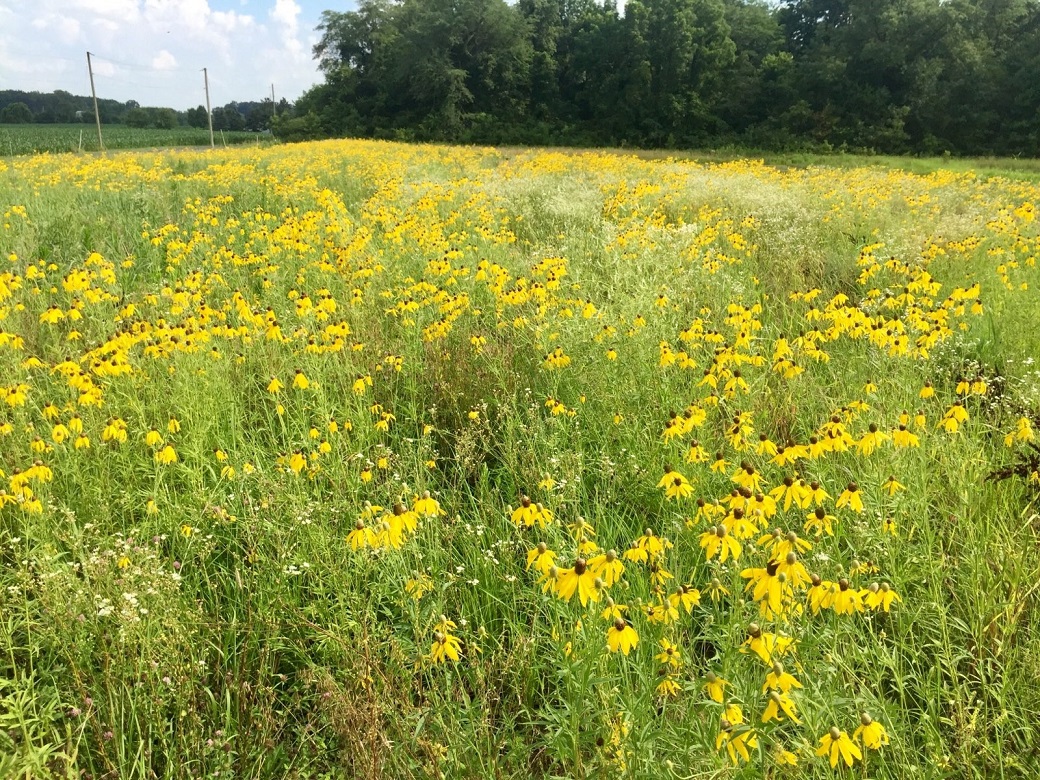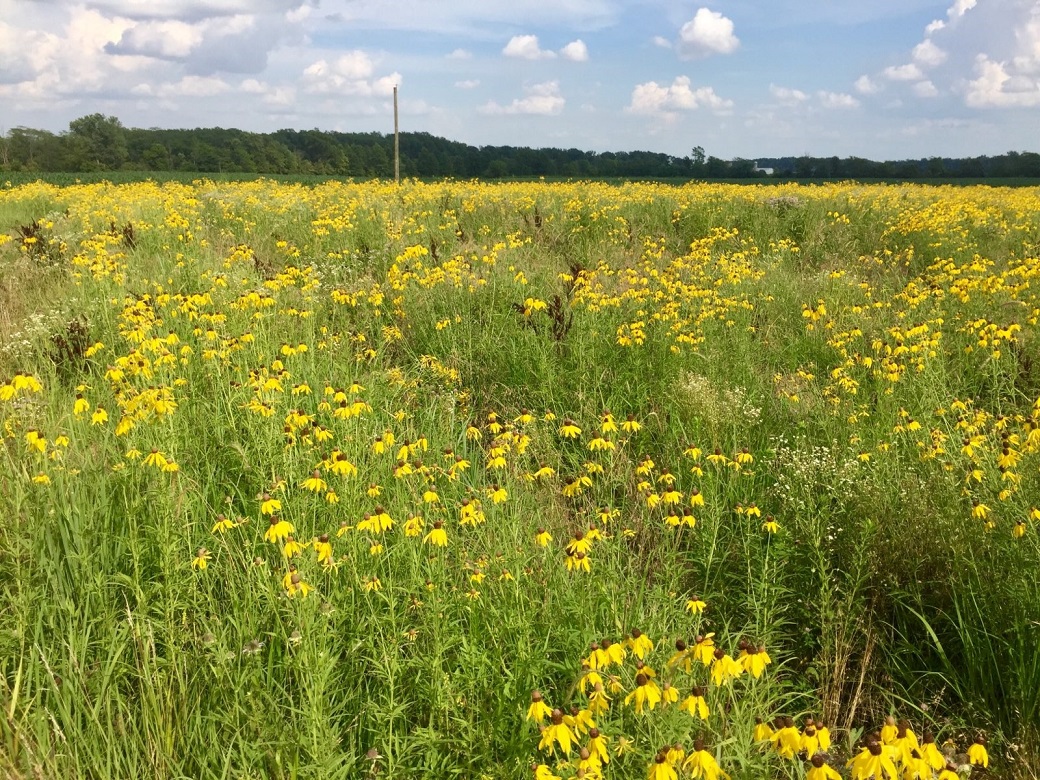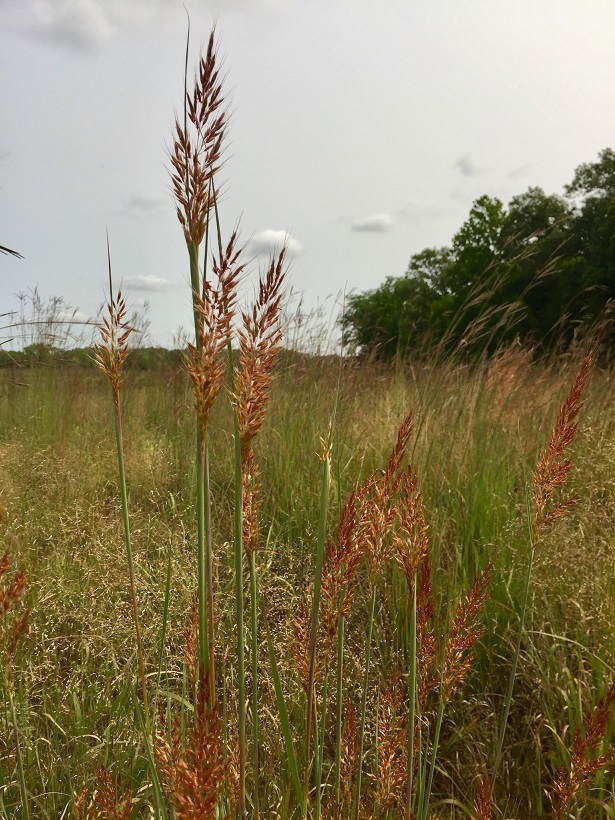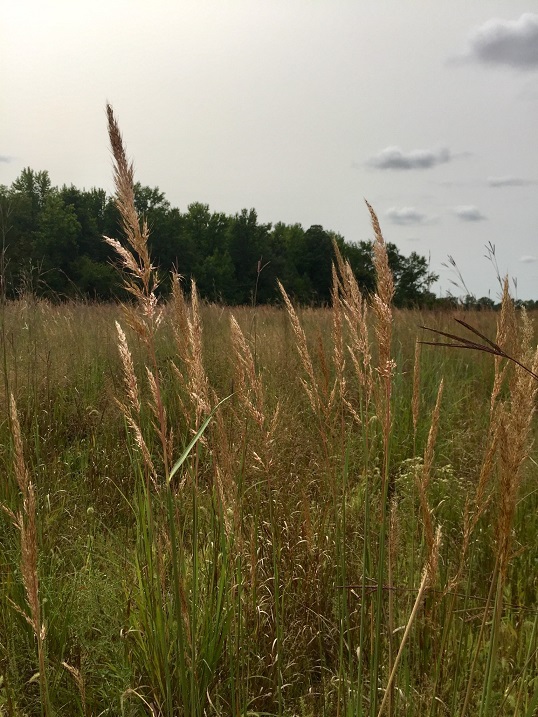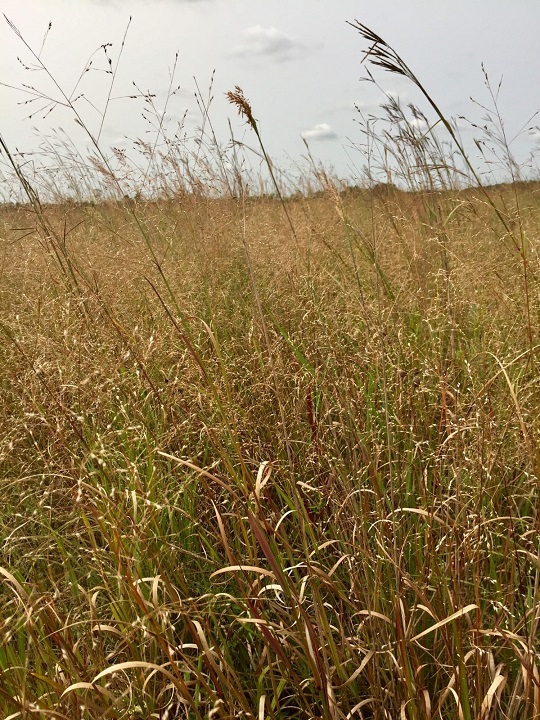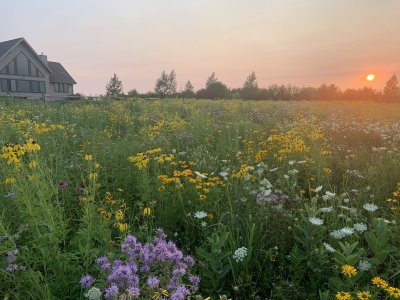I'm in NW Ohio.
We did kind of the same around eight years ago. We sprayed off a hay field of fifteen acres, disced it up then planted big/little bluestem, Indian grass, switch, and a pollinator blend with a nice variety of coneflowers, Indian blanket, bergamot, black eyed Susan and other native flowers. We did ours in July because that is when the timing worked out for us after putting a couple ponds in. Like Maddog66 said it takes a couple years before it looks like anything. We also mowed it all a couple of times to get the grasses crowning. We did not fertilize. The grasses and pollinators don't seem to really compete with each other much they thrive together doing their own thing...the pollinators bloom hard in mid-July and late summer then the grasses come on bolting in late September after the flowers start withering. Same cycle every year since then and they are self-sustaining and each year it is even thicker.
I think the benefits of a similar project is almost limitless. Great for all kinds of wildlife year-round from deer to bees and it is outstanding for the soil.
Ours is not "clean" by any means we do have some weeds but overall, I think they are even a benefit to the diversity of the whole scheme of it.

